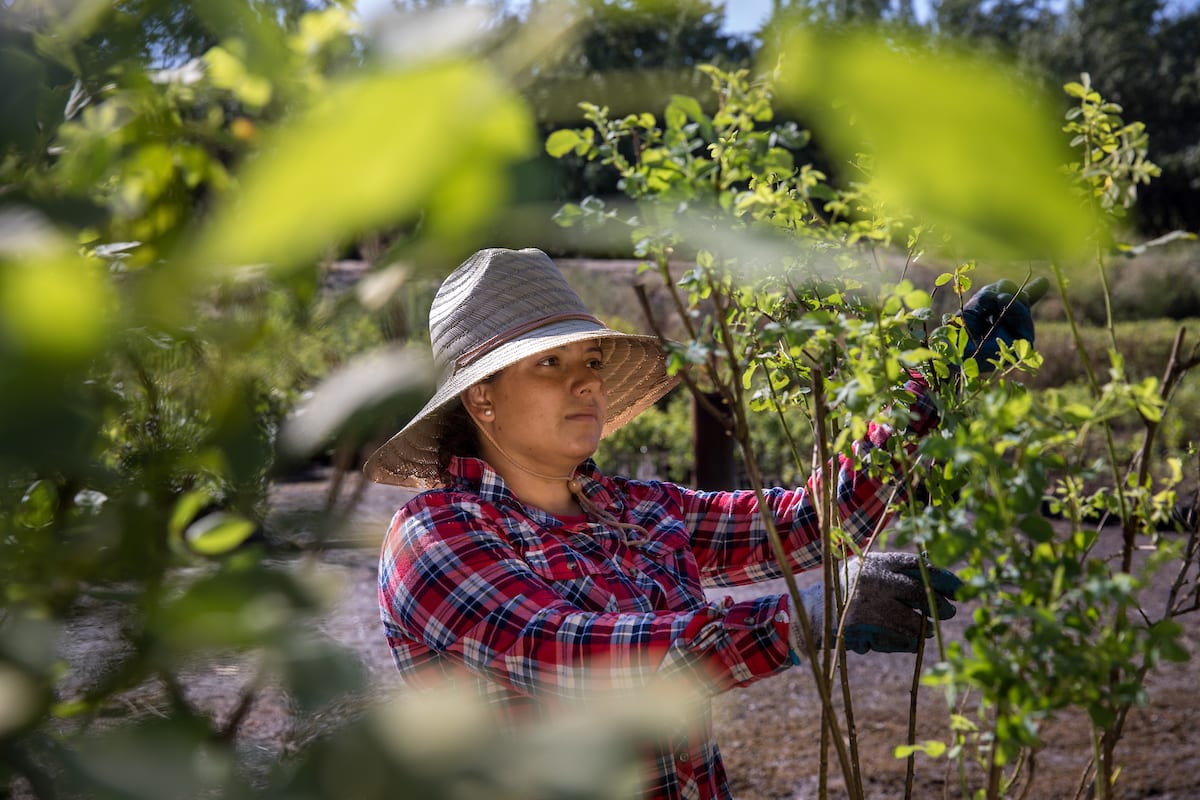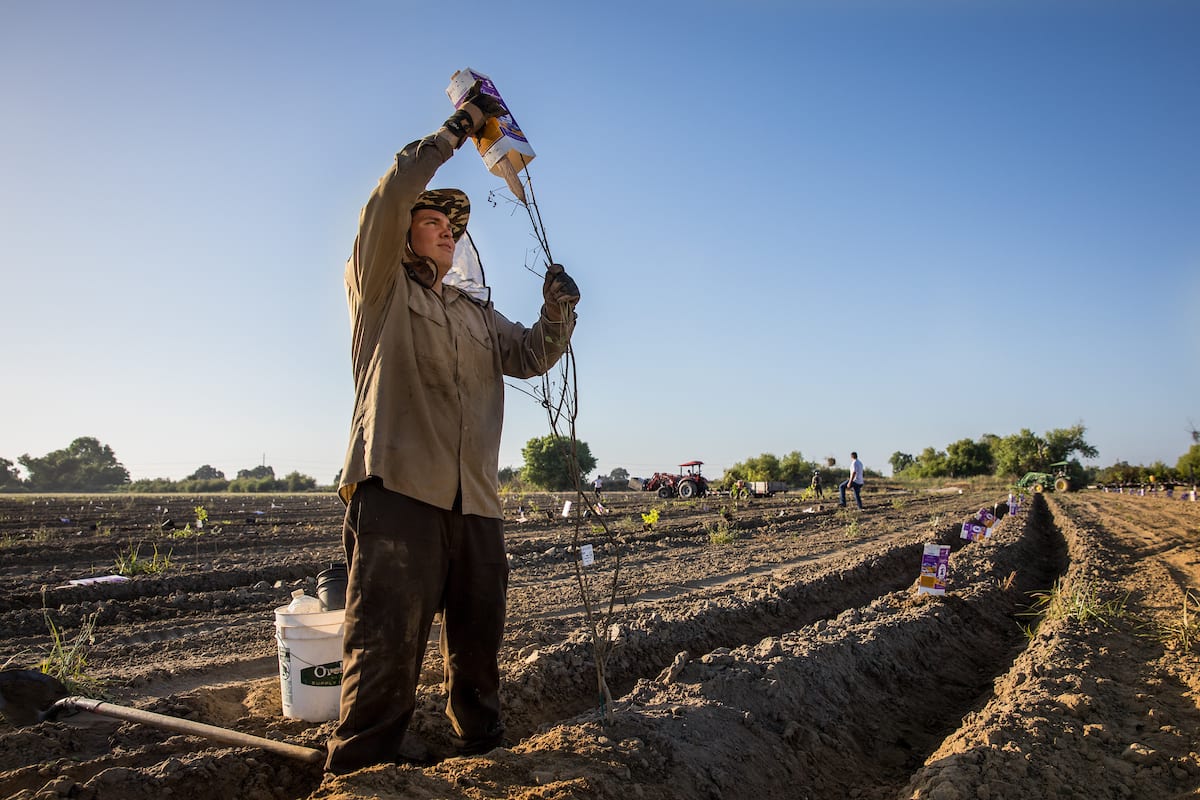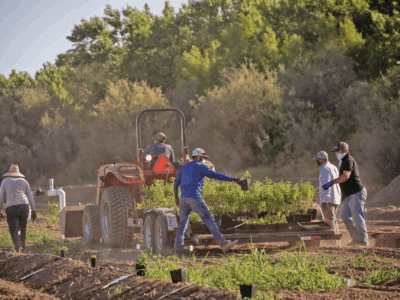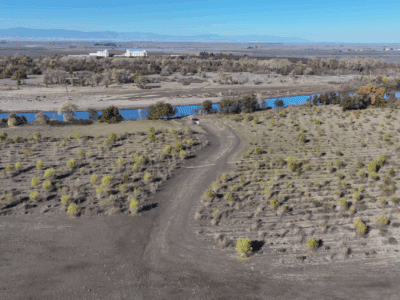The global pandemic has put us in a position most of us never anticipated. We’re all juggling fear and anxiety, but this is also a time to connect with each other in new ways and plan for our shared future. As we worry about and care for elderly family members and neighbors, we’re also starting to see some new opportunities. For example, this weekend my husband enrolled in a free online college course, giving him a positive distraction from the news. My kids are video-calling their cross-country cousins almost every day – an infrequent occurrence in our pre-Covid19 schedule.
Connection is in our nature, and a worldwide disaster opens new avenues while it closes others.
The pandemic has paralyzed our economy, disproportionately affecting wage workers. Folks who work at restaurants and stores, those who care for our children – all service-oriented workers – are suddenly unemployed. New unemployment claims nationwide reached 3.3 million this week, the highest one-week number of initial jobless claims in history. One-third of these claims are in California alone.
We must quarantine so that we protect the vulnerable and limit pressure on our health care industry. But we must also plan for the immediate and long-term economic impacts of the quarantine.
As we emerge from isolation, we will have an unprecedented opportunity to change the way we do business. For example, working remotely may become a norm, not the alternative, saving millions of tons of carbon emissions. Four-day workweeks might become more common. I, personally, am hopeful that a post-pandemic US economy will strengthen human connection to the natural world.
In their 3/18/20 article: “Green Jobs are the Answer to the Coronavirus Recession” the New Republic put it this way:
“A recovery package could simply—and probably unsuccessfully—try to get the economy back up to where it was before the Covid-19 shutdowns took hold, complete with its decades of wage stagnation, exploding carbon emissions, and staggering inequality. Or, with politicians newly willing to spend, it could build a carbon-neutral, significantly stronger and fairer society—and put millions to work doing it.” – Kate Aronoff
At River Partners, we are able to keep our field crews safely employed restoring California ecosystems during this pandemic. For our staff in the field, there is very low risk of transmission. (The New York Times recently reported that farmworkers, nursery and greenhouse workers are among the occupations with the lowest risk of coronavirus transmission.) Like our farming neighbors, we work closely with soil and water and plants, but not in close physical proximity to other people.

This spring River Partners is on track to employ dozens of workers that will plant 620 acres scheduled for immediate reforestation. Between Redding and Bakersfield in the next three months, we will channel more than $1 million into riverside reforestation, planting about 140,000 native trees and shrubs – a modest but important contribution towards President Trump’s 1 Trillion Trees target. As our economy suffers during this pandemic, these jobs – and the benefits they bring – will be more important than ever.
Last Friday, I facilitated a three-hour contingency planning exercise over the phone with River Partners’ management staff. Project by project, we worked through our portfolio of 80 active projects identifying vulnerabilities, strategies and needed changes. The result is a robust, virus-safe workplan for the coming three months that shows no sign of slow-down or delay.
The only concerning vulnerability identified was ensuring adequate cash-flow for all the work. River Partners self-finances the vast majority of our work under cost-reimbursable contracts and grants. Supporting more work means we need access to capital in order to pay our vendors and workers while we await repayment from our funders. Bring on the low interest rates so we can grow this reforestation and employment machine. This is stimulus!

In another post I share more ideas for how large-scale revitalization of river landscapes can create far more jobs and broad public benefits. These green jobs can build our resilience to climate change, create green spaces for communities that most need them, and serve as a bridge to a post-pandemic economy.
In the coming weeks and months, this will be an important discussion. In the meantime, be safe and stay well.








